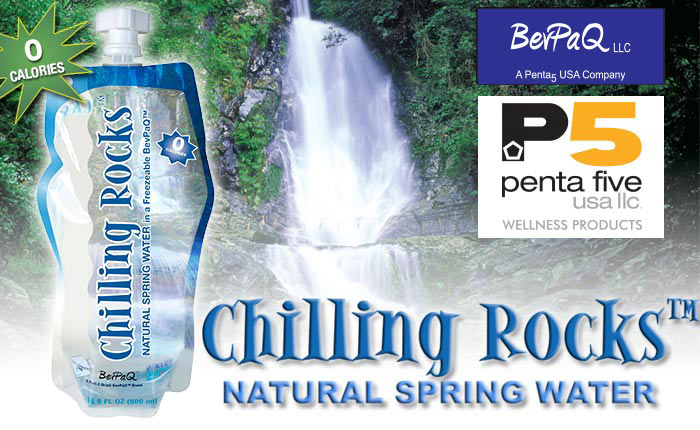
|
ADDITIONAL WATER QUALITY INFORMATION
Table Key and Definitions: MCLG: The level of a contaminant in drinking water below which there is no known or expected risk to health. MCLGs allow for a margin of safety. MCL: The highest level of a contaminant that is allowed in drinking water. MCLs are set as close to the MCLGs as feasible using the best available treatment technology. TT: A required process intended to reduce the level of a contaminant in drinking water. AL: The concentration of a contaminant which, if exceeded, triggers treatment or other requirements which a water system must follow. NTU: Filter turbidity or water clarity has no health effects. However, turbidity can interfere with disinfection and provide a medium for bacterial growth. Turbidity may indicate the presence of disease-causing organisms. These organisms include bacteria, viruses, and parasites that can cause symptoms such as nausea, cramps, diarrhea and associated headaches. Total trihalomethanes: Disinfection by-products expressed as the sum of chloroform, dibromochloromethane, bromodichloromethane and tribromomethane. Maximum residual disinfectant level goal or MRDLG: The level of a drinking water disinfectant below which there is no known or expected health risk to health. MRDLGs do not reflect the benefits of the use of disinfectants to contain microbial contaminants. Maximum residual disinfectant level or MRDL: The highest level of a disinfectant allowed in drinking water. There is convincing evidence that the addition of a disinfectant is necessary for control of microbial contaminants. ND: Means not detected and indicates the substance was not found by laboratory analysis.
|
1712 Northgate Boulevard | Sarasota, FL 34234 | Tel: 941.359.6678